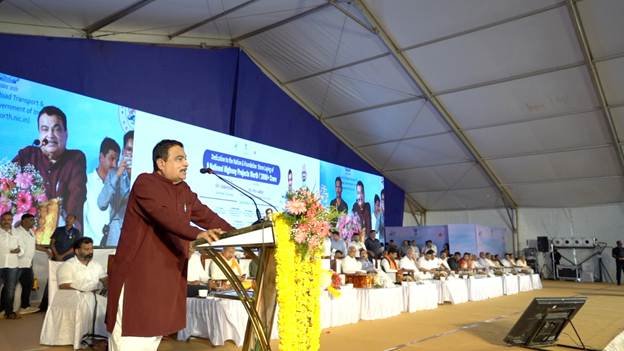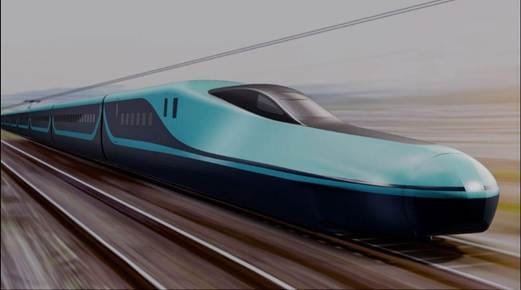HVDC equipment made in India, says Modi
The Prime Minister, Narendra Modi, has inaugurated POWERGRID’s 320 kV 2000 MW Pugalur (Tamil Nadu) – Thrissur (Kerala) HVDC project, a first time the Voltage Source Converter (VSC) technology has been introduced in the country for transmission.
Speaking on the occasion via video conference on 19 Feb 2021, the Prime Minister said the development have spread across all parts of Kerala and cover a wide range of sectors. They will power and empower the beautiful state of Kerala, whose people are making rich contributions to India’s progress.
He said that the Rs.5,070 crore 2000 Megawatt state of the art Pugalur – Thrissur High Voltage Direct Current system inaugurated is also the first HVDC interconnection of Kerala with National Grid and will facilitate transfer of huge quantum of power to meet the growing power demands of the State.
Kerala is largely dependent on import of power from the National Grid due to its seasonal nature of internal power generation and HVDC system helps to bridge the gap, said the Prime Minister, pointing out that the HVDC equipment used in this project has been made in India and gives strength to it’s AatmaNirbhar Bharat movement.
“Our gains in solar energy ensure a stronger fight against climate change, a boost to our entrepreneurs,” he added.
Under PM-Kusum Yojana, over 20 lakh solar power pumps are being given to farmers. He added that in the last six years, India’s solar energy capacity has increased 13 times. India has also brought the world together through the International Solar Alliance.
Speaking about the inauguration of POWERGRID’s 320 kV 2000 MW Pugalur (Tamil Nadu) – Thrissur (Kerala) HVDC project, Power Minister R.K. Singh, said, “We have also expanded the inter-regional transmission r capacity from 35,950 MW – in 2014 to 1,03,550 MW today (20 Feb 2021).
“We increased the inter-regional transmission capacity to South India from 7,250 MW in 2014 to 21,450 MW; out of which the inter-state transfer capacity to Kerala is 3,300 MW. The allocation for Kerala from the Central Sector is 2,266 MW but its peak drawl from the National Grid has already touched 3,100 MW – touching the maximum transfer capacity to Kerala. As the demand increases – and it is expected to touch 5,000 MW by 2022, the capacity to transfer more power to Kerala needs to increase.”
Singh further added that the project will enable transfer of 2,000 MW of additional power to Kerala. Out of this Kerala will be able to utilize 1,000 MW right now and draw remaining 1,000 MW after strengthening their system for which the work is going on.
The Voltage Source Converter-based High Voltage Direct Current System is the most modern in the world and the first of its kind in India. It enables safe and faster transmission with reduced losses and this also enables transmission through cables.
Out of 165-km of transmission lines about 27 kms is under ground cables. This technology facilitates smart grid; provides greater flexibility in reactive power management and also enables integration of Renewable Energy resources.
“We have installed 92,500 MW of Renewable Energy capacity 49,500 MW is under installation and 27,000 MW is under bid,” said Singh.
“We have come out with many innovative projects – such as Solar Wind Hybrid, Floating Solar and Round the Clock Renewable Energy. We have a Solar Cities Program in which 17 States have identified one city each to be converted to a Solar City.
“We propose to come out with a bid for green hydrogen and we are also carrying out survey for installation of off shore wind. Our survey and preparatory work for installation of 10,000 MWs of Renewable Energy in Ladakh and its evacuation is in an advanced stage. We have projects for carbon neutral Andaman and Lakshadweep,” he said. #projects #investment #developments #OPEC /fiinews.com










